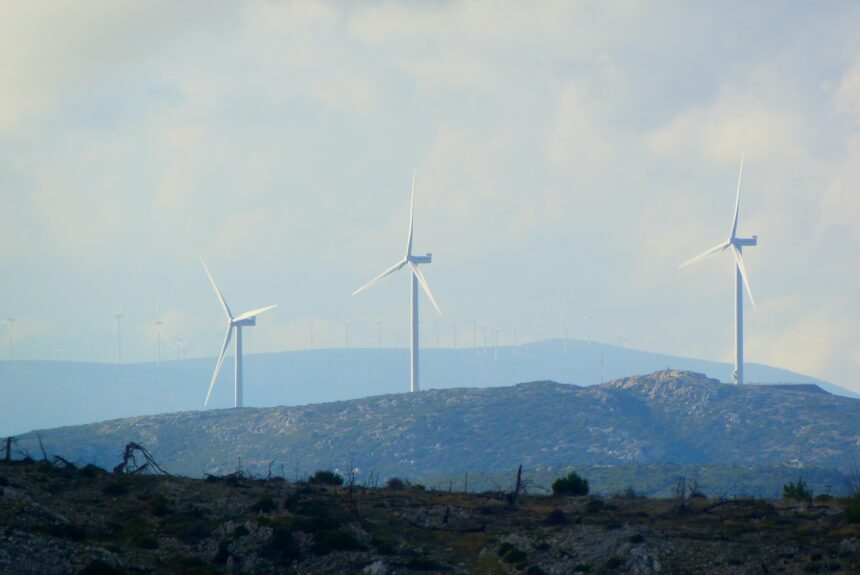2022 was a record year for clean technology investment, according to BloombergNEF’s annual Energy Transition Investment Trends.
Bloomberg’s report, released January 2023, found that global funding for low-carbon energy technologies hit an all-time high of $1.1 trillion in 2022. That’s up 31% over the year–and the first time the figure has surged past $1 trillion. The metric includes investment in renewables, clean energy storage, electric vehicles (EVs), nuclear power, heat pumps, and hydrogen and carbon capture–among other net-zero-aligned technologies.
>>>READ: Enginuity Power Systems: Clean Power with Natural Gas, Propane, and Hydrogen
Renewables (wind, solar, and biofuels) brought in the most clean technology investment among all sectors, topping the charts at $495 billion. Investment in EVs followed close behind, surging to $466 billion–a 54% jump on the previous year. With the exception of nuclear power, all other categories experienced record levels of growth last year:
- Electrified heat reported $64 billion in funding;
- Sustainable materials shot to $30 billion;
- Energy storage soared to $15.7 billion;
- Carbon capture and storage climbed to $6.4 billion; and
- Investment in hydrogen production grew to $1.1 billion, more than tripling year-over-year.
A majority of clean technology investment occurred in China, which in 2022 raised $546 billion for clean tech and further extended its lead over other countries. The U.S. remained a distant second, with a total of $141 billion in funding devoted to supporting energy transition technologies in 2022, up 11% from 2021. Germany came in third, followed by France, the UK, and Japan, respectively.
The report is significant for a number of reasons. First, these figures only include money spent to deploy low-carbon technologies, not funding for innovation and scale or capital spent on the research, development, and manufacturing of clean energy. Second, although renewables remain the largest sector, electrified transport is catching up. Bloomberg notes the fast pace at which investment in EVs is growing (a whopping 54%). Meanwhile, the renewable energy sector grew 17%, significant but still lagging well behind renewables. If current trends continue, EVs will outpace renewables as the largest sector in 2023.
>>>READ: Last Energy has a Mission to Install 10,000 Nuclear Reactors
Another important point underscored by the report (and perhaps a wake-up call for the West), is China’s significant lead over other countries when it comes to spending on clean energy. China’s spending is just under half of the global total, with the U.S. trailing far behind. To bolster energy security for the future, policymakers must look for ways to reduce barriers for private sector investment in clean tech. This includes implementing pro-growth tax policies, investing in energy innovation, and enacting permitting reform to deploy more low and zero-carbon energy sources.
Overall, the report shows that markets and the private sector are making impressive strides to deploy clean technologies. Ensuring the West remains a leader in that forefront is imperative.
Nathalie Voit is a freelance content creator and a graduate of the University of Florida. She is an alumni of The Heritage Foundation’s Young Leaders Program.
The views and opinions expressed are those of the author’s and do not necessarily reflect the official policy or position of C3.
